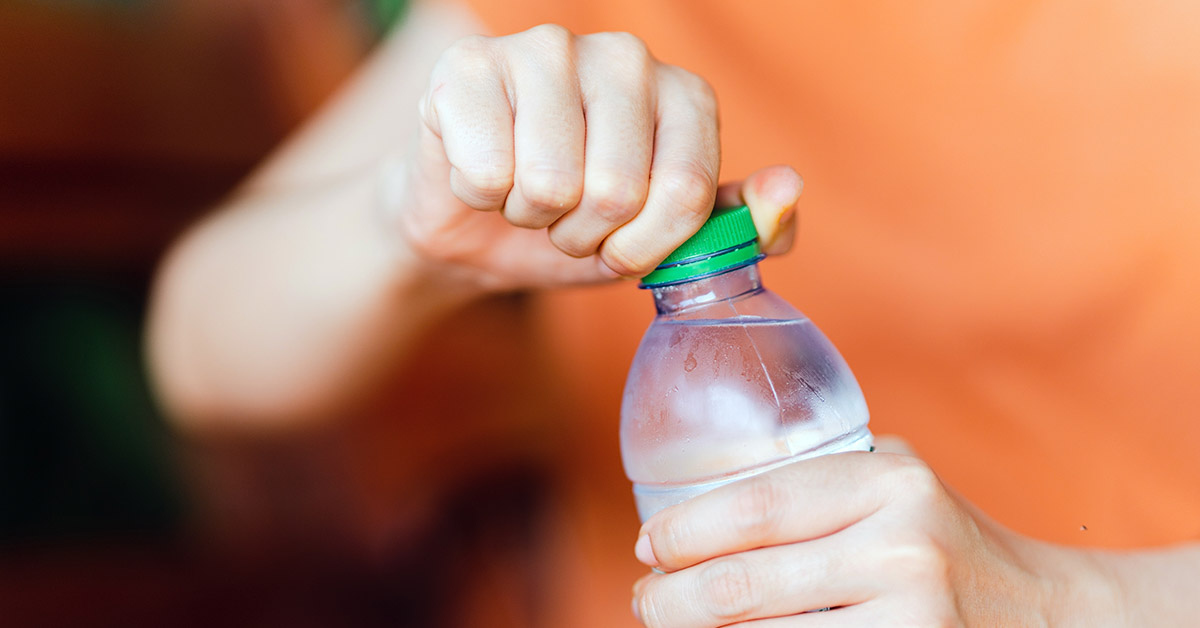The economy is never a sure thing yet sometimes it’s more secure than others. Sadly, that’s not exactly the case today, or hasn’t been recently. Numerous factors have played a role in the delicate position of the economy, including these 17 products that millennials are refusing to buy.
1. Millennials Aren’t Buying Diamonds
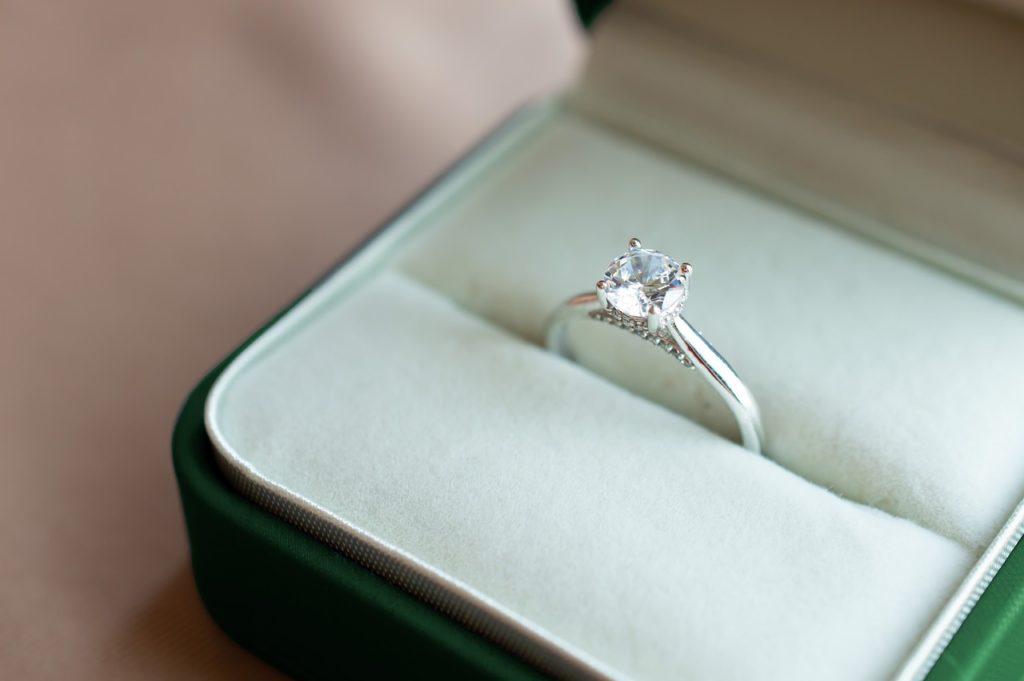
Diamonds are only one of many controversies for millennials, as they continue to educate themselves on being more environmentally and ethically conscious. However, diamonds are a big subject because they’re such an influential gem, stealing the show at countless events yet they’re unethically sourced, if not haphazardous to the environment. As such, millennials are choosing options like tattoo rings or personalized jewelry with birthstones and other precious gems rather than traditional diamond engagement rings and
Read More: 40+ Parenting Hacks & Products You Wish You Knew About Sooner
2. Millennials Don’t Use Plastic
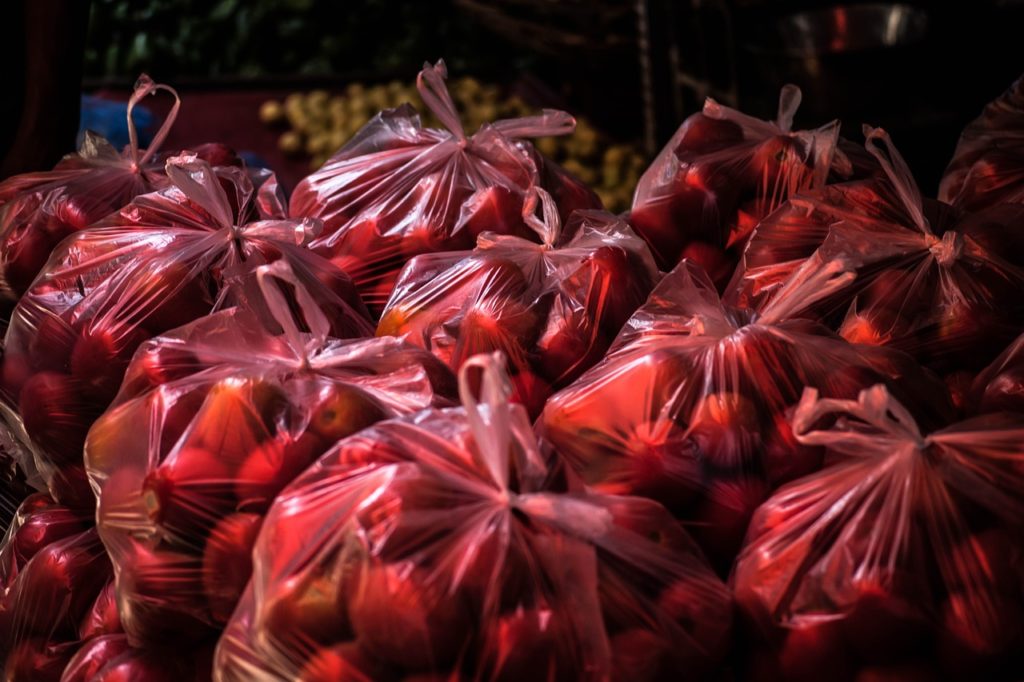
When plastic first hit the market, it was revolutionary, changing lives forever. Sadly, scientists have highlighted the negative impacts that plastic has had on the planet, wildlife, and our health. Single-use plastic or recyclable plastic that ends up in landfills or blowing away in the breeze has wreaked havoc on many ecosystems worldwide. As a result, millennials are using alternatives like plant fiber dishes and reusable options like glass or fabric bags.
3. Plastic Bottles Are Included
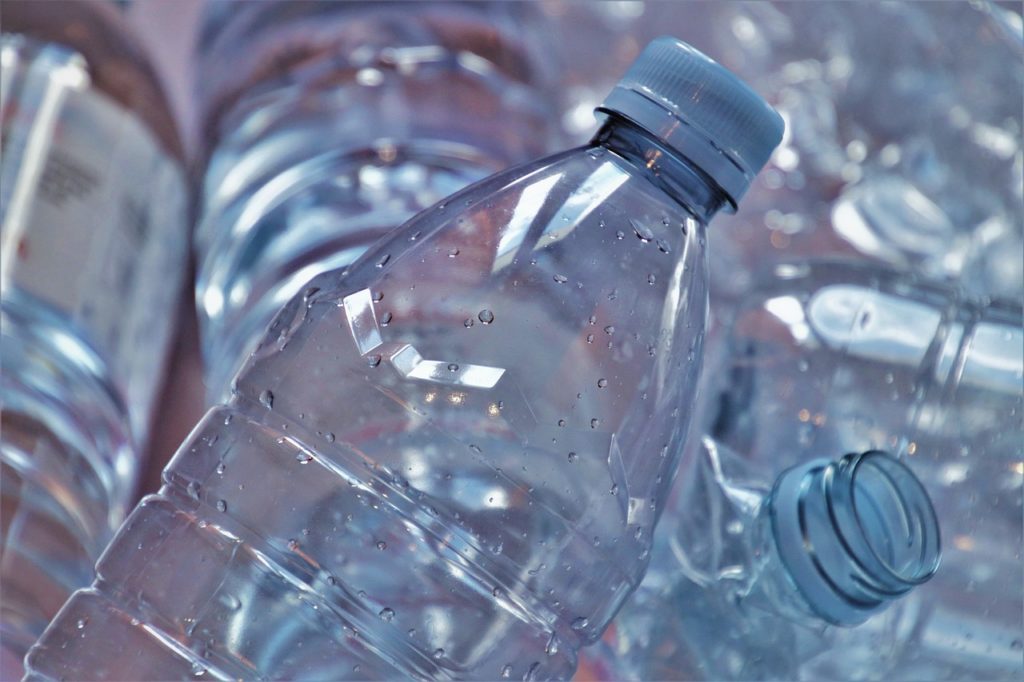
Plastic bottles are one of the biggest contributors to unnecessary and long-lasting waste. Instead, millennials buy reusable bottles, typically made of metal or silicone.
4. Coffee Cups Also Aren’t an Exception
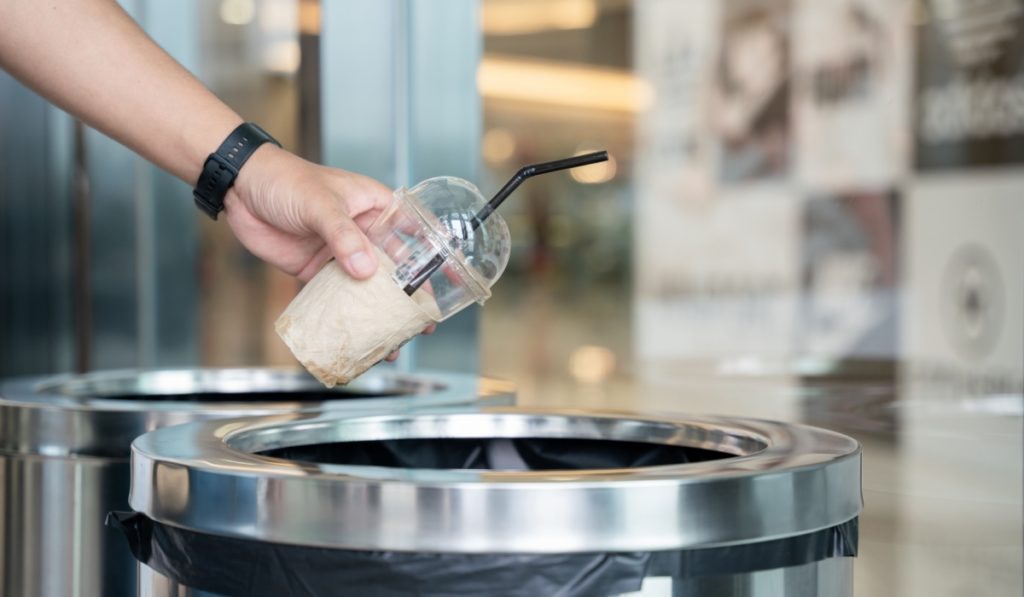
Reusable cups, made from the materials listed above, are also popular among millennials as they help minimize waste and carbon footprint.
5. Disposable Razors
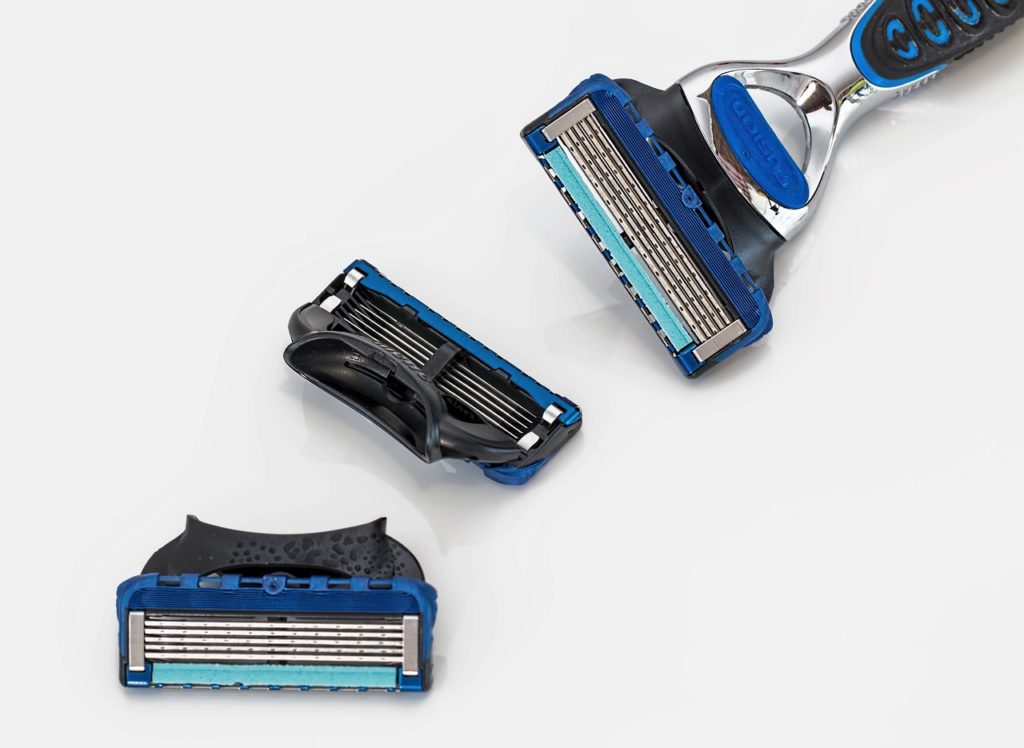
Disposable razors, also made from plastics, are yet another example of the eco-conscious decisions made by millennials, opting for reusable metal alternatives.
6. Millennials Don’t Go to the Gym
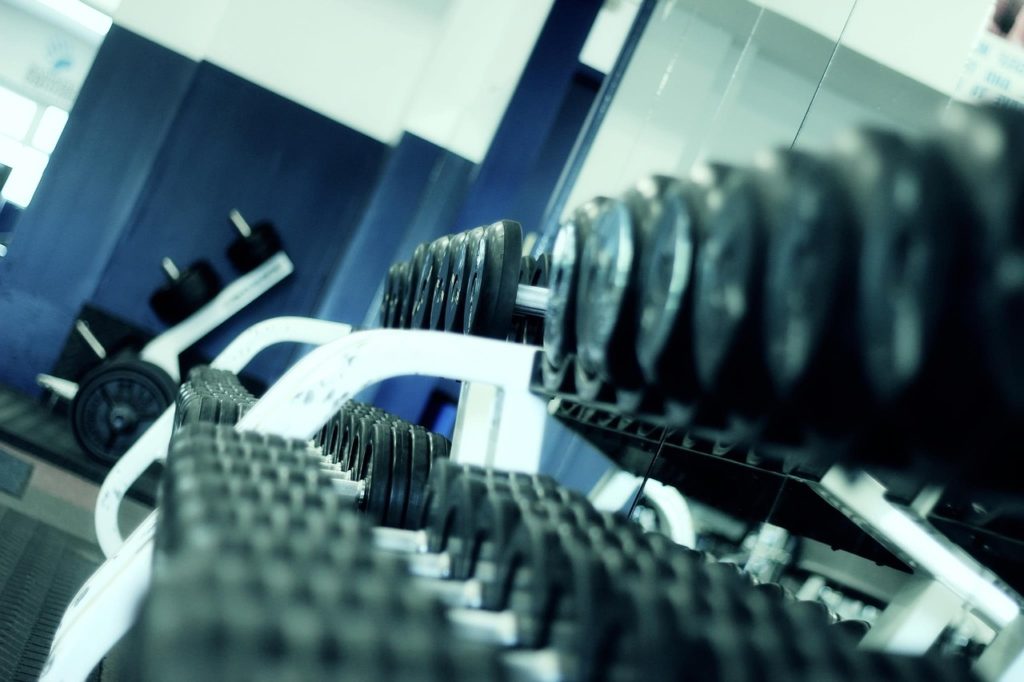
Rather than pay for a gym membership inside a dark building with community equipment, millennials are opting to step outside. They’re choosing personalized workouts in small groups like yoga in the park. The setting allows for a sense of community and a dose of fresh air and sunshine.
7. Millennials Don’t Have Cable
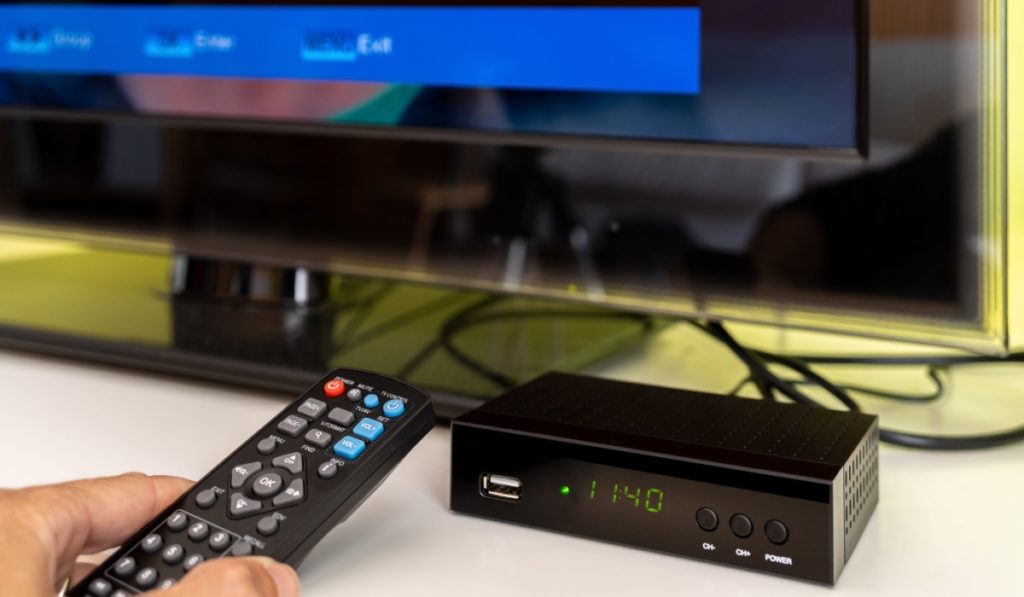
Cable television has undergone many transformations in its time. However, it’s seemingly become obsolete among millennials because streaming sites are less costly and some popular channels offer their own streaming services, giving audiences access to much of what’s available on cable television anyway.
8. Mass Production is a Red Flag
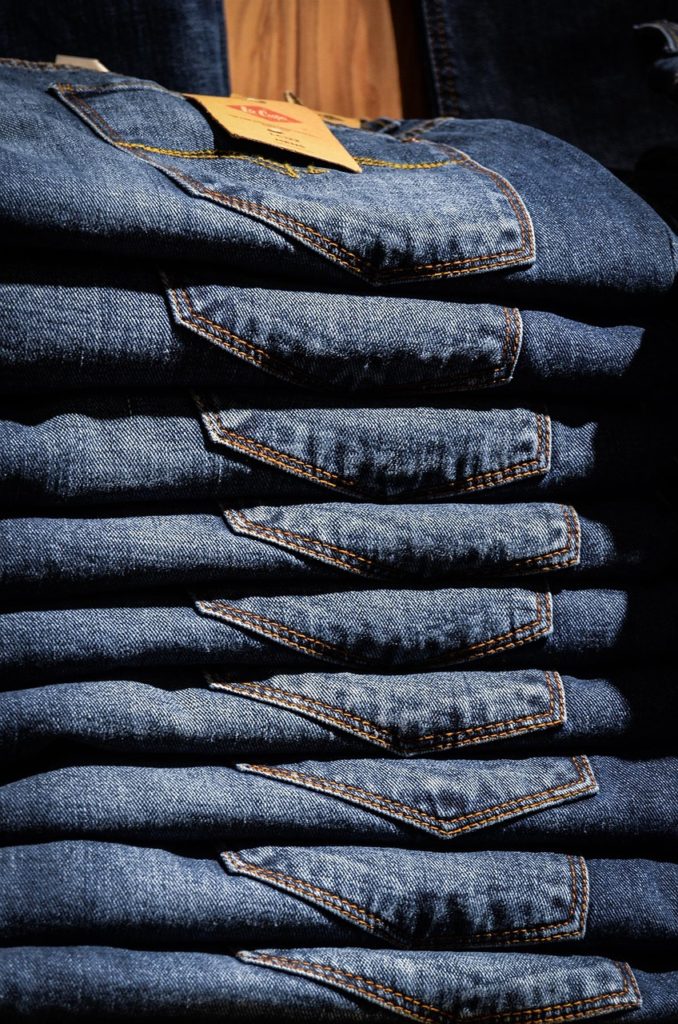
Clothing is another item that millennials try to avoid. Much like single-use plastics, many materials used in clothing are derived from similar materials. Coupled with the concern of unethical working conditions, millennials prefer clothing made of hemp or cotton and steer clear of mass-produced clothing or “fast-fashion clothing.”
Read More: What is That Little Hole At The Bottom of a Padlock For?
9. They’re Treating Produce Differently
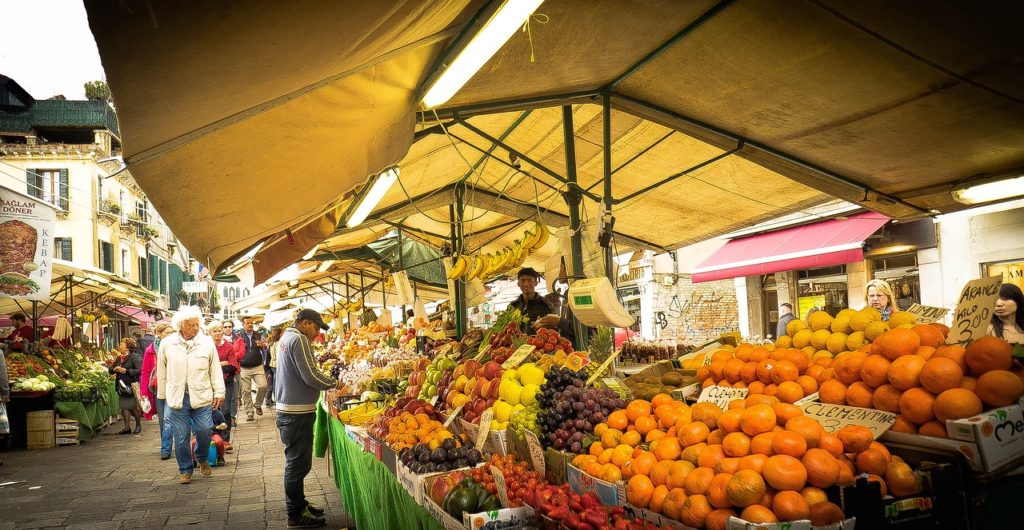
Many millennials would agree that one of the best ways to get a meal is to go to the local farmer’s market to buy fresh ingredients from local farms and to go home to cook it themselves. Meanwhile, others look for only non-GMO or organic produce. Either way, millennials prefer farm-to-table options rather than buying from large corporations.
10. Print and Paper

Millennials use Kindle and Audible to read rather than the traditional physical copies people once filled their homes and libraries with. Additionally, most millennials get their news online rather than having a subscription to a local or national newspaper.
11. Millennials Clean Differently
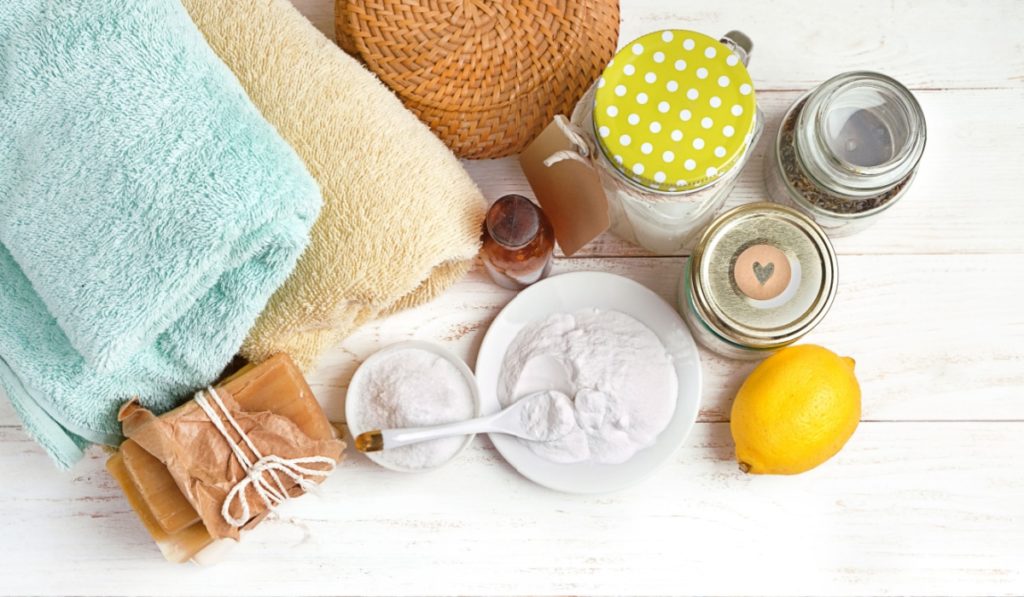
Another way millennials are making the world a better and more eco-friendly place is to use caution regarding cleaning supplies. Many are choosing more natural brands or D-I-Y options to use fewer chemicals and ingredients, ensuring they’re also eco-conscious ingredients.
12. In-Person Banking

Although millennials are still choosing to do business with banks, they’re doing everything online and through apps, rather than going into the bank in person.
13. Millennials Don’t take Taxis

Taxis and car services are a thing of the past, for most millennials. Instead, they can conveniently order a ride from anywhere using apps like Uber and Lyft.
14. Office Supplies
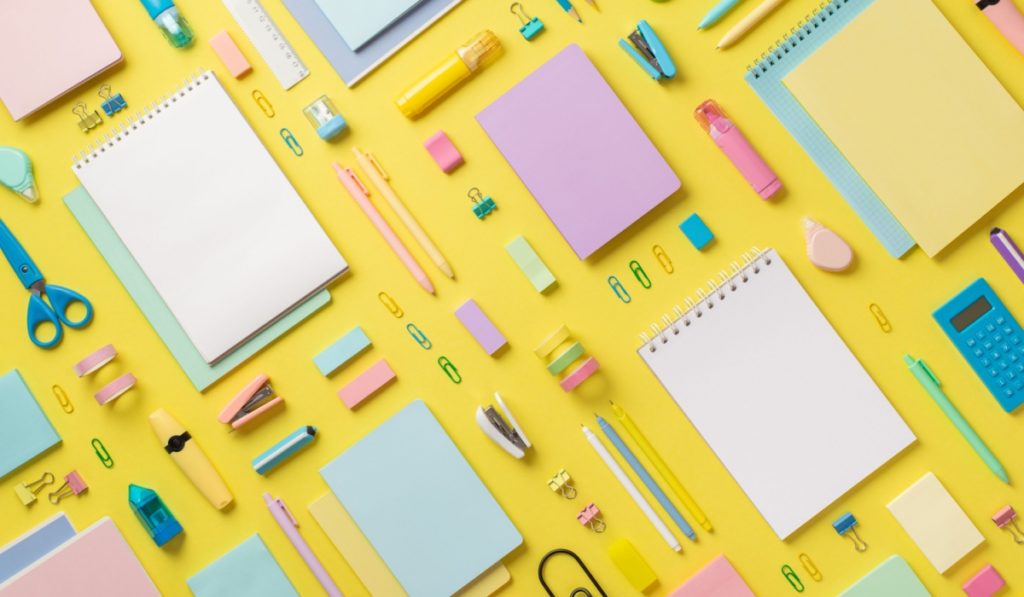
These days, it’s less common for people to send handwritten cards or notes. However, students and professionals still need paper and pens to communicate, take notes, and do assignments. Fortunately, eco-friendly options are available. As such, millennials use less wasteful supplies, opting for reusable or refillable pens and pencils.
15. Diapers
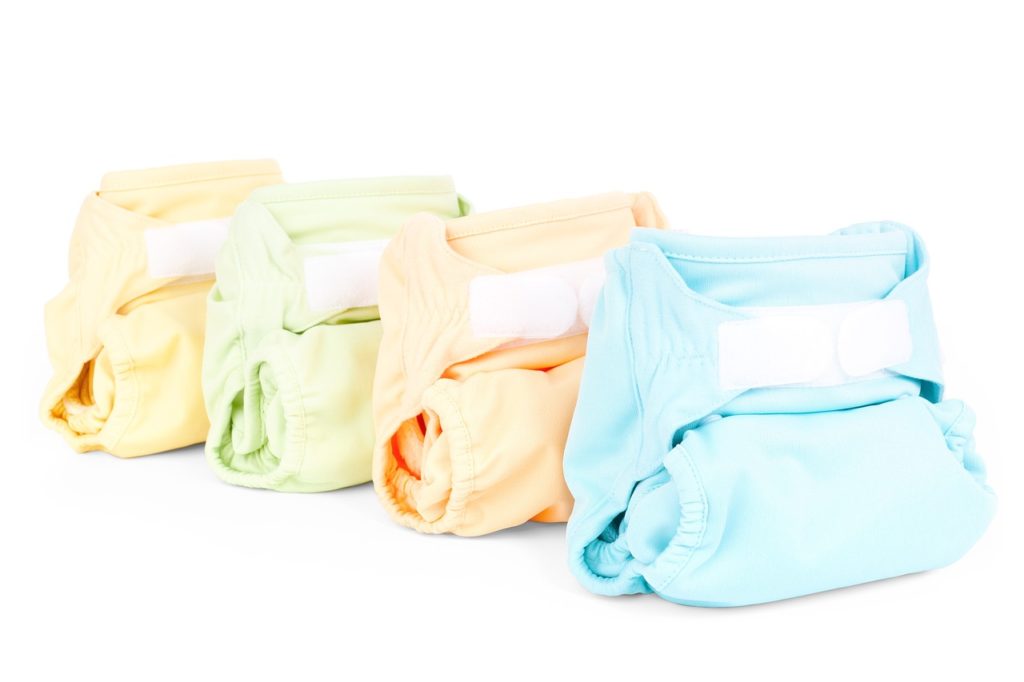
Before the disposable diaper, parents used cloth diapers. Although they’re less convenient, they’re better for the environment. Therefore, millennials are going back to using cloth diapers. Luckily, some places offer delivery services and memberships for laundering.
Read More: 100-Year-Old Life Hacks That Are Surprisingly Useful Today
16. Disposable Body and Beauty Products
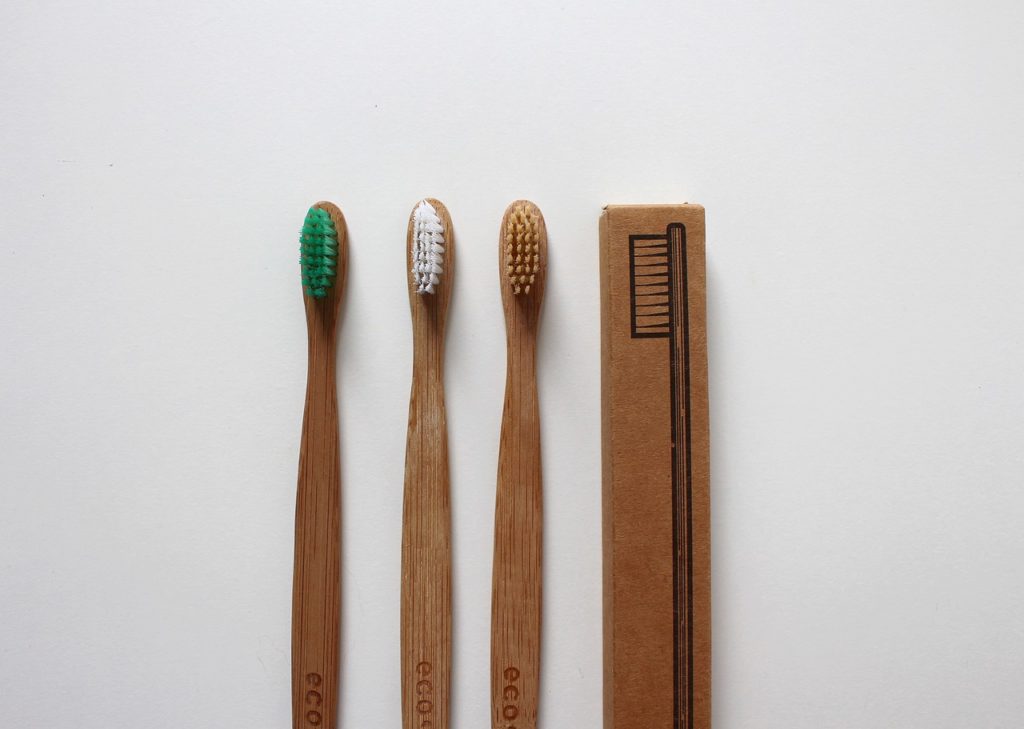
“Photo Credit: Monfocus | Pixabay”
Razors aren’t the only plastic shower tool millennials have replaced. Toothbrushes are another everyday tool that has become less widely used. Meanwhile, electric toothbrushes, or those made of plant fibers or recycled plastic have become increasingly popular.
17. Liquid Body and Beauty Products

Another step to reduce plastic that millennials are taking is to eliminate liquids from their showers and laundry routines. For example, many use bars of soap, shampoo, and conditioner to avoid wasting plastic containers or having something extra to dispose of. Meanwhile, some are incorporating wool balls and essential oils into their laundry routine, rather than liquid softener or sheets that may contain harsh chemicals or micro-plastics.
H/t State of the Union
Read More: Millennials Are ‘Quiet Vacationing’ Instead of Asking for Time Off
